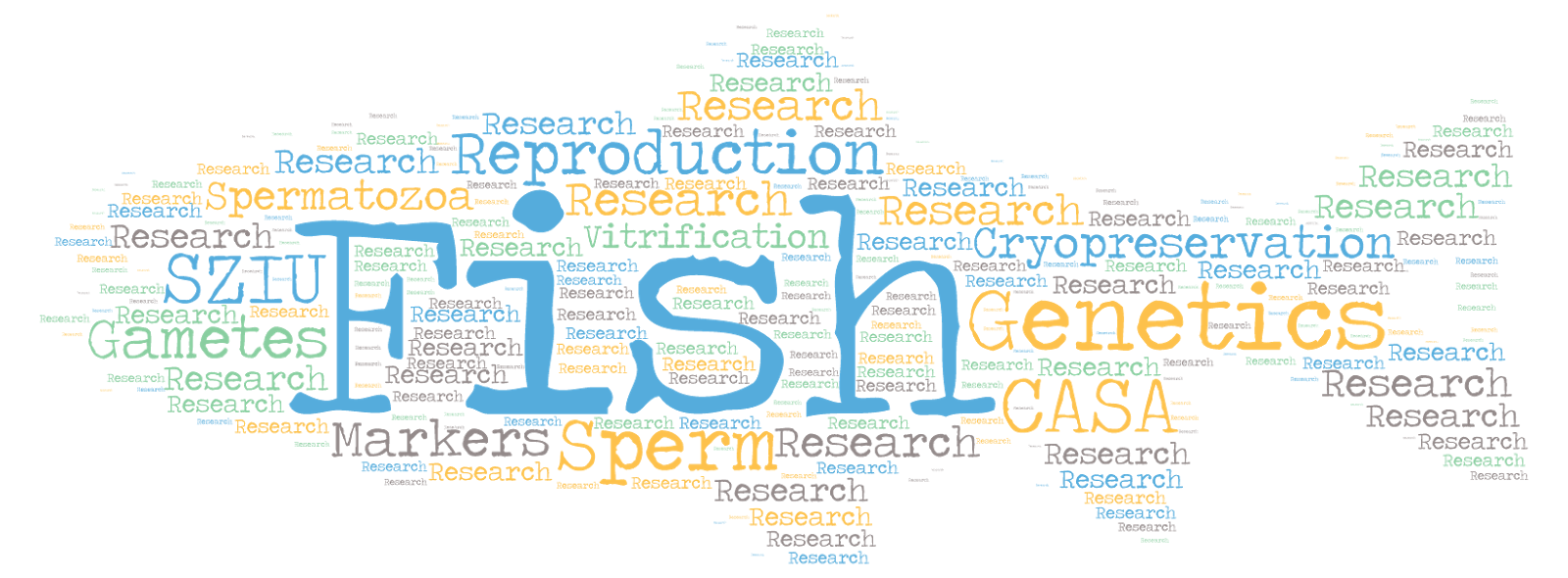A new paper with the authorship of Jelena Lujić was accepted for publication in Cryobiology, entitled `First successful vitrification of salmonid ovarian tissue`
LujićJ., Marinović Z., Sušnik Bajec S., Djurdjevič I., Kása E., Urbányi B., HorváthÁ. 2017. First successful vitrification of salmonid ovarian tissue.Cryobiology, in press. DOI: 10.1016/j.cryobiol.2017.04.005
Abstract
LujićJ., Marinović Z., Sušnik Bajec S., Djurdjevič I., Kása E., Urbányi B., HorváthÁ. 2017. First successful vitrification of salmonid ovarian tissue.Cryobiology, in press. DOI: 10.1016/j.cryobiol.2017.04.005
Abstract
Due to a lack of cryopreservation protocols for fish eggs and embryos, alternative techniques which will enable storage of female genetic resources are crucial for future development of reproduction management in conservation biology and aquaculture. Experiments were conducted to develop an optimal vitrification protocol for cryopreservation of brown trout Salmo trutta juvenile ovarian tissue. Needle immersed vitrification (NIV) method was used where ovaries were pinned on an acupuncture needle, passaged through equilibration and vitrification solutions containing different combinations and concentrations of methanol (MeOH), propylene glycol (PG) and dimethyl sulfoxide (Me2SO) and subsequently plunged into liquid nitrogen. Vitrification solutions containing equal cryoprotectant concentrations (3M Me2SO and 3M PG) yielded the highest oogonia survival rates (up to 40%) and qualitatively and quantitatively un-altered perinucleolar follicles. The method developed for brown trout could be applied to the conservation of female genetic resources of other salmonid species, including endangered and endemic species or populations.














